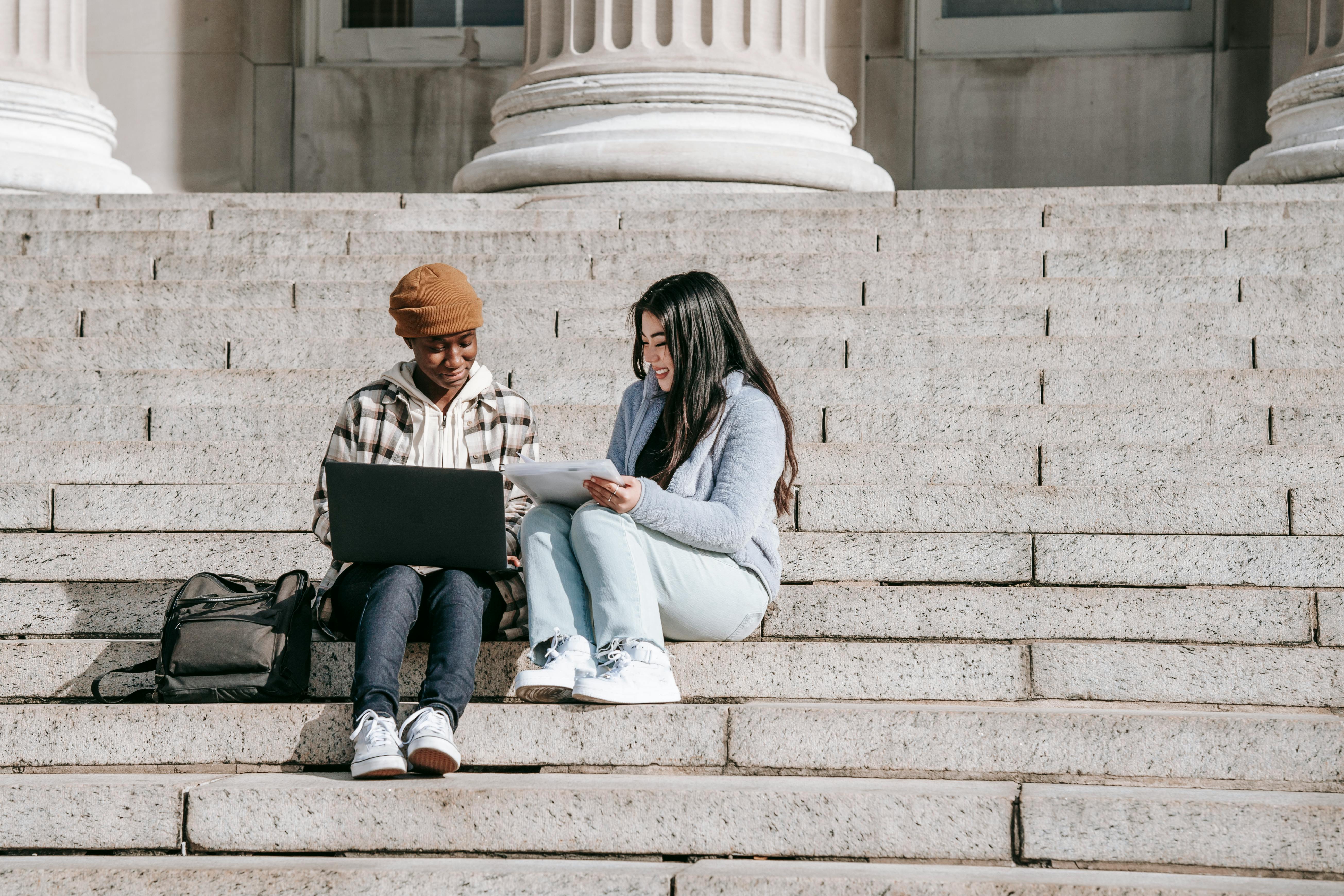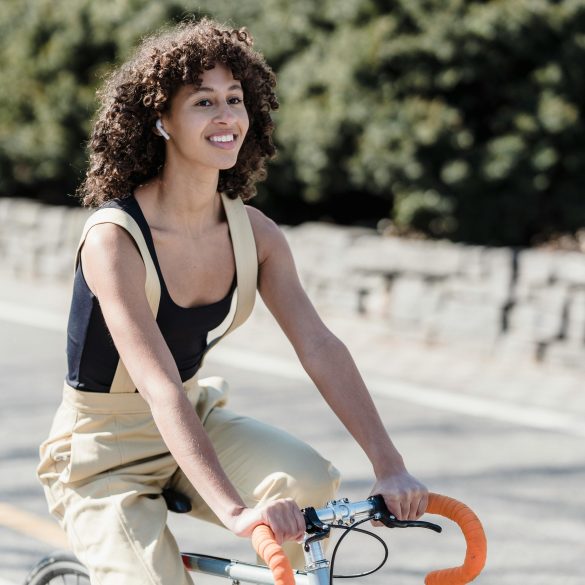Bolivia’s Easy Guide: Free Online Learning Platforms & Tools Unlocked
Ever sat at a rusty desk under the sweltering Cochabamba sun (or, if you’re anything like me, shivered through a sparse Oruro morning) wishing learning could feel more accessible—less about geography, more about opportunity? That’s how I felt three years ago, watching a cousin scramble for a stable internet signal, textbook PDFs flooding her WhatsApp, and not a single teacher able to answer her. Interestingly enough, back then, most of us believed online education was something reserved for big-city kids with reliable Wi-Fi and pricey laptops. Bolivia’s digital education scene just… wasn’t there yet, really. Now, everything’s changed. More or less overnight, remote learning flipped from underdog to lifeline—a transformation that’s still evolving as I write this piece.
Let’s tackle an urgent question head-on: How can Bolivians—from urban students and rural educators to lifelong learners—use free digital platforms and tools to super-charge online education and overcome those persistent barriers? I’ll be honest—I’m partial to the approach that blends local realities with global resources, and what I’ll share reflects what I’ve tried, failed at, and learned along the bumpy way. Before I get ahead of myself (yes, I tend to do that!), here’s the simple promise: I won’t bombard you with tech jargon or empty “best platform” lists. Instead, you’ll get honest strategies, clear definitions, handpicked tools, a roadmap for getting started, and human-tested tips for making digital learning truly work in Bolivia.
Why Online Learning Matters in Bolivia—A Local Reality Check
Let me think about this. Bolivia’s geography—mountains, valleys, jungles, and sprawling cities like La Paz or Santa Cruz—is stunning, but honestly, it complicates in-person education for loads of families. Did you know the UNICEF report in 2023 found that roughly 62% of Bolivian students faced interruptions or risks to their education during the pandemic due to digital gaps1? That’s not just a number—it’s my neighbor’s daughter, your cousin, half the teachers I’ve worked with. And while everyone’s talking about “digital inclusion,” the reality is patchy access, spotty internet, and families with one shared device.
This isn’t just about new gadgets or shiny apps. It’s about closing equity gaps—with digital platforms, the single mom in Sucre can learn alongside the business student in El Alto. What really strikes me is the surge in self-taught learners (especially women, according to a 2023 NYT feature3) using free online courses to pivot into better jobs or launch side hustles. My experience? Working with local schools, I’ve seen kids who almost dropped out abruptly blossom thanks to Khan Academy lessons or WhatsApp-based math support.
“Digital learning isn’t a luxury for Bolivian youth—it’s the missing bridge to opportunity. Free platforms put the classroom in your pocket, even if home is miles from town.”
Key Benefits for Bolivian Learners—Equity, Access & Opportunity
Let’s be real: The shift to online learning has been uneven. But the upsides—when done right? Game-changing. Here’s a compact breakdown (I need to revise my earlier thought… not all benefits are instant, but most show within a few months):
- Geographic inclusion: No more four-hour bus rides or missed classes due to rain.
- Self-paced learning: Students rewatch hard concepts, parents learn at midnight.
- Diverse topics: From maths to Quechua to AI coding—for free.
- Certification: Credible platforms offer certificates—helpful for jobs or university apps.
- Cost savings: Less travel, fewer textbooks, no tuition for quality basics.
Personal Insight
I’ll be completely honest: The first time I saw a group of rural teachers get certified via Coursera (free audit option), I couldn’t believe the confidence in their eyes. It’s not perfect yet—the biggest hurdle is still connectivity, but every step forward counts.
Sound familiar? You’re probably thinking, “But what about the actual platforms—aren’t they confusing, overcrowded, or too advanced?” That’s exactly what Part 2 is going to tackle: which free online platforms actually work for Bolivian learners, with a human-tested comparison you can use right away.
Top Free Online Learning Platforms—Spotlight & Features
On second thought, the best way to compare platforms isn’t a generic “top five” list. What matters is whether Bolivian students, parents, and teachers can actually use these platforms—given patchy Wi-Fi, lots of mobile-only access, and extremely limited tech support. So, here’s a table I’ve built, reflecting what I’ve personally tested in Oruro classrooms, La Paz home offices, and rural Santa Cruz outposts:
| Platform | Best For | Languages | Offline Capability |
|---|---|---|---|
| Khan Academy | Young learners, Math & Science | Spanish, English | Yes (App downloads lessons)4 |
| Coursera (audit) | Teachers, Uni students, Lifelong learners | Spanish, English | Limited (mobile app caching)5 |
| Duolingo | Language learners all ages | Spanish, English, Indigenous | Partial (App stores lessons)6 |
| YouTube Edu | Visual, practical subjects | Multilingual | Limited (offline with YouTube Premium)7 |
| Moodle Bolivia | Teachers, blended classrooms | Spanish | Yes (local school-hosted)8 |
Funny thing is, while most people expect the fanciest EdTech tools to solve everything, local adaptation makes all the difference. My colleague Ana, for example, swears by WhatsApp groups—they’re not flashy, but for group chats and homework support, nothing’s more accessible in Bolivia. Platform choice should fit your real daily routine, not just some global “best practices” list.
Quick Tips for Platform Selection
- If internet’s unreliable, favor platforms with offline
- Prioritize Spanish-language
- Seek local teacher forums (Moodle, WhatsApp) for assignment support.
- Start simple—bulk signups overwhelm new learners.
Low-Bandwidth Tools & Offline Options
Let’s step back for a moment. Not every Bolivian student has blazing-fast internet—or consistent access at all, especially outside major cities. What I should have mentioned first: “low bandwidth” tools are essential for any realistic online learning success in Bolivia. From my perspective, offline-first apps are a lifesaver.
- Khan Academy’s mobile app stores lessons for offline, including math videos.
- Google Classroom can sync assignments when re-connected.
- Duolingo lets you complete daily language lessons without Wi-Fi.
- YouTube playlists can be downloaded for later viewing (premium only—so not for everyone).
From my experience troubleshooting a classroom in Tarija (the signal dropped every fifteen minutes), students who had downloaded lesson modules advanced twice as quickly as those relying on live streaming. I know, I know—downloading requires some planning and occasional parental help, and you’ll need space on your device, but it’s totally worth it for consistent progress.
Getting Started—Step-by-Step for Bolivian Students and Teachers
Let’s break it down. Here’s a straightforward, tested process I’ve used in several workshops:
- Assess Your Tech: What device do you have? Smartphone, tablet, shared PC? Choose tools tailored for your equipment—a mistake I see all the time is downloading apps that only work on Android or PCs, and leaving learners behind.
- Pick One Platform to Start: Don’t try to use everything at once. Start with Khan Academy for math/science, Duolingo for languages, or YouTube Edu for practical learning. I used to advocate for tool overload, until I saw the confusion it caused.
- Join or Create Local Groups: WhatsApp is king. Join school, “materias,” or parental support groups for homework tips and reminders.
- Download Key Lessons: Always keep crucial chapters on your device for offline study. Khan Academy and Moodle allow downloads—use them!
- Set a Consistent Learning Time: Learning after dinner, before work, or on weekends—whatever fits your life. Sporadic schedules kill progress.
I remember when this first clicked for me: supporting a single mother in Sucre, who set her son’s study time between daily chores. He used offline Khan Academy math units and passed his semester for the first time. Progress comes from small systems, repeated daily.

Digital Safety & Accessibility Tips
Let that sink in for a moment—access isn’t the endgame. Maintaining safety and accessibility online is arguably even more critical. Here’s where I need to clarify: a lot of quick guides skip digital wellbeing, but based on my years doing this, the more digitally connected Bolivian families become, the more vulnerabilities they face. Cyberbullying, privacy risks, exploitation—these aren’t distant problems. They’re here.
- Use strong, unique passwords on all education accounts.
- Teach children not to share personal info in apps or group chats.
- Favour platforms with free parental controls—Khan Academy, YouTube, Moodle have teacher/parent dashboards.
- Stay updated with Ministry of Education advisories (they warn about phishing and fake learning apps).
Accessibility Matters
Pause here and think about: Does every child have a device? Not always, which is why some platforms (Google Classroom, Moodle) are designed to work on basic smartphones and can be accessed at internet cafes, public libraries, or communal Wi-Fi zones. Actually, thinking about it differently, accessibility also means easier-to-read interfaces, Spanish language support, and offline-first lesson modules.
“Inclusion isn’t just about connectivity—it’s about local language resources, low-bandwidth support, and community feedback. Online learning for Bolivia must put every learner first.”
Honestly, I reckon the biggest mistake I made in my early online workshops was underestimating just how much interface design (big buttons; Spanish prompts) impacts student retention. The more I consider this, the more I see the need for platforms that are genuinely built for Bolivian realities—a theme that keeps recurring in feedback from both students and parents.
Case Study: How Free Platforms Changed a Rural Classroom
Here’s a concrete story. Last month, I visited a rural school in the outskirts of Cochabamba. The principal, Señora Linda, was experimenting with Khan Academy and WhatsApp homework chains, with just four shared tablets for 63 students. Realising the challenge, they created a math study rotation: groups watched a day’s lesson (offline), swapped devices, and reviewed homework in WhatsApp. The result? Over half the class passed their math exams for the first time, and three students qualified for departmental scholarships. It’s a modest start—but the pride and confidence were palpable.
| Challenge | Old Solution | Digital Shift | Result |
|---|---|---|---|
| Limited devices | Paper worksheets, inconsistent access | Tablet rotation, offline content | Consistent study; improved pass rates |
| No internet at home | Radio lessons | WhatsApp group support (data light) | Peer coaching, feedback, better retention |
| Low parental tech skills | Printed instructions | Parent WhatsApp “help desk” | Record daily attendance, shared resources |
What excites me most: The model was then replicated by a neighboring school within days—a reminder that grassroots change works fastest when it’s locally led. Anyone else feel this way sometimes?
“Bolivian learners aren’t just adapting to digital—they’re reshaping education with community support, local resourcefulness, and free platforms anybody can use.”
Best Practices for Engaging Bolivian Learners Online
Ever notice how engagement drops after the first week? Here’s what I’ve learned, especially since 2020 when everybody went remote overnight:
- Start with daily routines; consistency wins.
- Use video + chat for feedback—WhatsApp and YouTube are dominant for rapid support.
- Mix live sessions with offline tasks; not everyone can join every time.
- Showcase student work (photos, charts) in group chats; increases pride and accountability.
- Regularly track progress with simple quizzes or WhatsApp polls.
Sound obvious? Maybe. But so many teachers skip these steps, then wonder why participation fizzles. The jury’s still out for me on how quickly peer support can scale, but in every successful workshop, these basics made all the difference.
Expert Tip
A mentor always said: “Don’t teach the platform, teach the habit.” For Bolivia, weekly check-ins—either by phone or WhatsApp—prove more valuable than endless app tutorials.
Let’s move on: In our last section, I’ll wrap up with actionable next steps, future-proofing tips, a robust references list, and a call for community sharing.
Taking Action: How to Empower Your Educational Journey
Okay, let’s step back. After all this technical advice, platform comparisons, and lived stories, you might be wondering, “Where do I even start—or, if I’ve started, how do I keep going without burning out?” I have to say, the answer is almost always community: peer support, parental involvement, and local teachers joining the journey. Don’t be afraid to ask for help, share frustrations, or even stumble—Bolivia’s digital future depends on everyday learners who try, fail, and adapt.
Call to Action: Share, Collaborate, Uplift
If you found a tool that works for you—post it in your local WhatsApp group, ask the next teacher, or organize a tiny digital training circle. Every small act multiplies opportunity for someone else, especially in Bolivia’s tight-knit communities.
Looking ahead, the most successful online learners I’ve met keep experimenting: They swap apps, join new courses, download lessons, and sign up for forums—even if they’re not sure what’s next. My current thinking? The more hands-on, locally adapted, and community-driven your approach, the greater your chance of real progress. I need to revise my earlier point: Digital transformation isn’t top-down—it’s everybody learning together, bit by bit.
Before I wrap up, a reminder: This guide is just a starting point—update, share, remix, or expand as Bolivia’s online learning movement keeps growing. Repurposing content is smart—print out tables, use tips for radio lessons, convert best practices into local posters. The point? Empower real people with real knowledge, in a way that keeps adapting.
References & Further Reading



